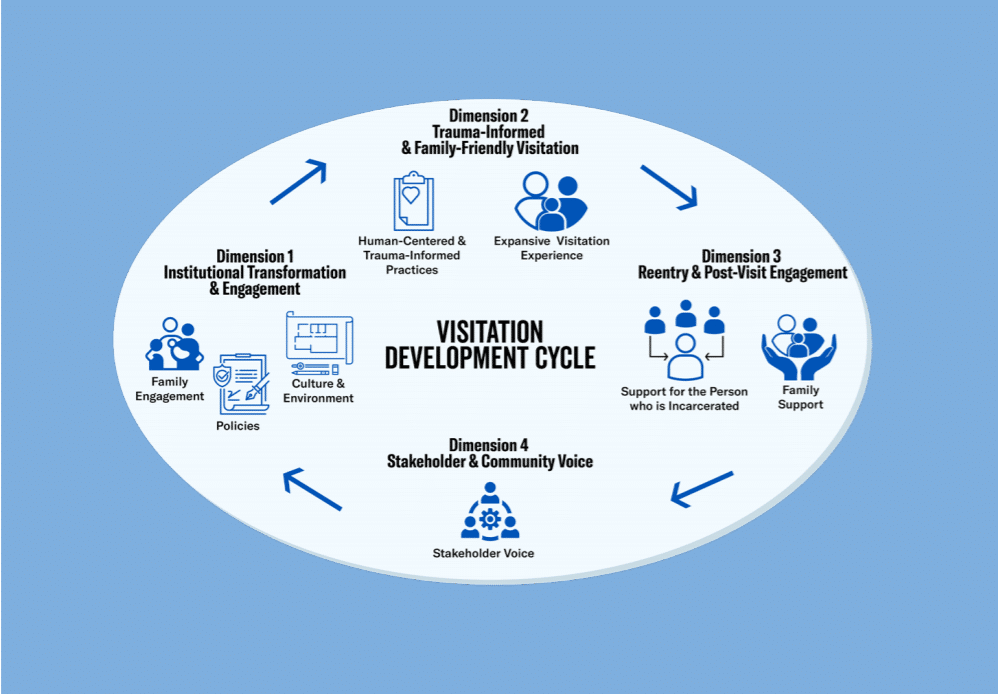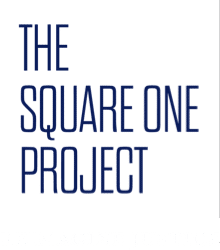April 2021 | Executive Session on the Future of Justice Policy Harm Reduction at the Center of Corrections
Overview
Everyone within a correctional facility — both the staff and the people housed there — is exposed to trauma at a significantly higher rate than the general population. In this sense, the institution itself is traumatic. And because of the connective tissue that exists among all of us, the effect of this traumatic system spreads beyond the walls of an institution and into families and communities.
Physical and procedural transformation of correctional facilities is imperative to promoting harm reduction at large. The STAAC framework for harm reduction can guide necessary shifts in correctional system policy, procedure, and training to support the health of correctional staff and their families, the people housed in the facility and their families, and the broader community.
Authors

Dr. Nneka Jones Tapia Managing Director of Justice Initiatives, Chicago Beyond

Family-Friendly Visitation Pilot at Cook County Jail
The Sheriff of Cook County Jail had long been wanting to support children who were visiting their loved ones who were incarcerated. In 2020, Chicago Beyond, an impact investor focused on youth equity and where I serve as the Managing Director of Justice Initiatives, partnered with the jail to revise its policies, procedures, training, and visitation to reduce harms associated with family visitation for the people detained in the facility and their children and families. In an effort to create a model for family-friendly visitation that would allow for widespread use by all people detained in the correctional facility, increase family engagement, and garner staff buy-in, Chicago Beyond developed this visitation model.
Dr. Nneka Jones Tapia on the importance of trauma-informed systems
Dr. Nneka Jones Tapia recounts her experiences at Cook County Jail and describes how important it is to humanize the experiences of those in jails and prisons across this country.
"There is an urgent need to reduce the harm caused by incarceration, and correctional leaders have an opportunity to help. When we treat people with humanity and compassion and invest in the strengths that already exist within them, we effectively take steps to reduce the harms that these institutions cause."
Dr. Nneka Jones Tapia
THE STAAC FRAMEWORK TO PROMOTE HARM REDUCTION IN CORRECTIONS
Safety
The people who are confined, staff, families and the community feel physically and psychologically safe and are held accountable when they cause harm. Interpersonal interactions, programs, resources, signage, procedures, and more all promote a sense of safety.
Transparency and Trust-building
The people who are confined, staff, families and the community must be made aware of policy, institutional operations and data points to build
trust and collaboration between these groups. To effectively reduce harms that occur in correctional institutions, they must be continuously monitored by the community.
Agency
The people who are confined, staff, families and the community have the tools and resources to support their own healing and support the healing of their peers. Although correctional institutions historically inhibit agency among people who are confined and their families, the centralization of harm reduction requires these institutions to actively increase the ability of these two groups to act in their own best interest towards healing.
Asset-based Approach
The facility administrators and policy makers believe in the strengths of the people who are confined, staff, families and communities and build upon these strengths to promote voice, build resilience, and influence harm reduction through language, programs, policies, procedures and training. These groups also believe in the strengths of each other and build upon those strengths.
Connectedness
Positive interpersonal interactions are essential to harm reduction. The facility actively promotes positive interpersonal connectivity and seeks to minimize power dynamics within and across the people who are confined, staff, families and communities to reflect the collective responsibility of harm reduction.
